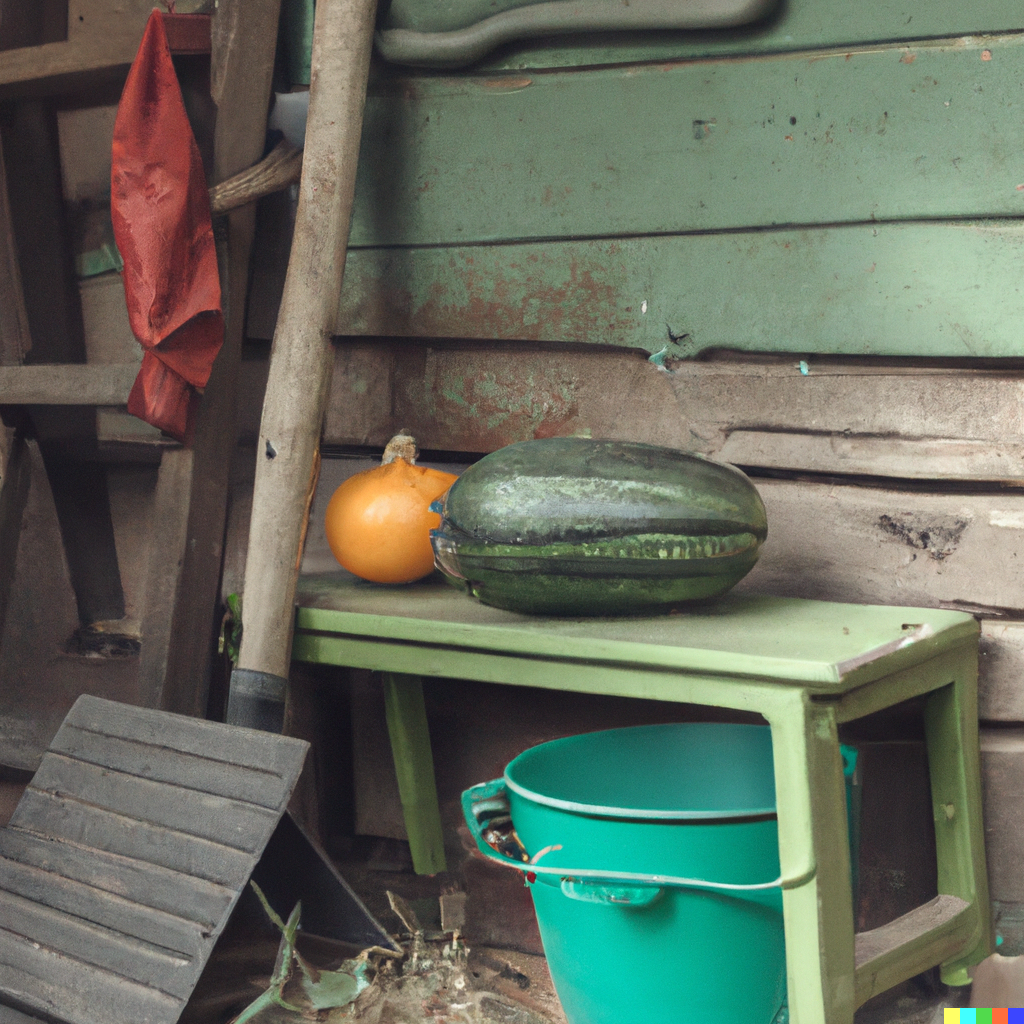
Self-sufficiency and homesteading have gained popularity in recent years as people seek to reduce their reliance on the traditional systems that provide for their basic needs. This trend is driven by a variety of factors, including concerns about the environment, the desire to live a more sustainable lifestyle, and the uncertainty of the world around us.
One of the key benefits of self-sufficiency is that it allows individuals and families to take control of their own lives and become less reliant on external systems for their basic needs. This includes growing their own food, generating their own energy, and even producing their own goods and services. By becoming self-sufficient, people are able to reduce their impact on the environment and create a more sustainable way of living.
Homesteading, in particular, has become a popular way for people to achieve self-sufficiency. Homesteading involves the creation of a self-sufficient household, often on a small plot of land, where people can grow their own food, raise animals, and produce their own energy. Homesteading allows people to live a more self-sufficient lifestyle, while also creating a sense of community and connection to the land.
Self-sufficiency and homesteading are not just about reducing reliance on external systems, however. They also provide a sense of accomplishment and personal fulfillment. When people are able to produce their own food and goods, they gain a sense of pride and satisfaction that can be hard to find in our modern world.
Despite the many benefits of self-sufficiency and homesteading, these lifestyles are not for everyone. They require a significant amount of time, effort, and dedication, and may not be practical for those who live in urban areas or who have demanding jobs.
Overall, self-sufficiency and homesteading offer a unique and fulfilling way of life that allows people to take control of their own basic needs, while also reducing their impact on the environment and creating a more sustainable future.